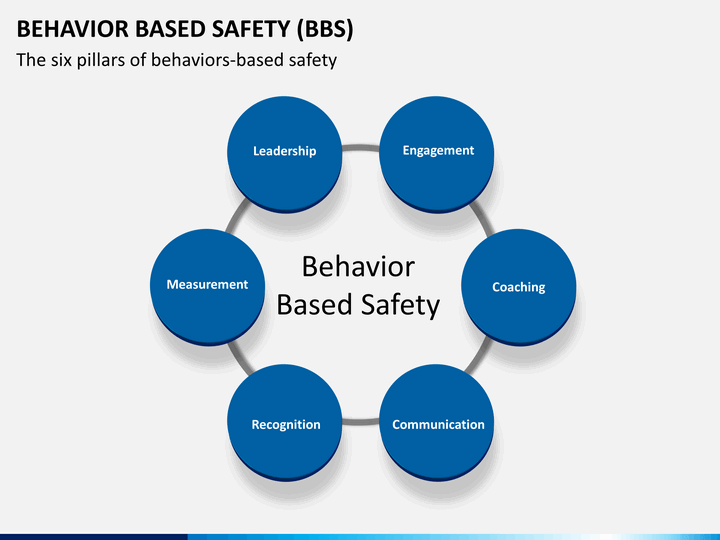Behavior-Based Safety Training for a Safer Workplace
Behavior-Based Safety Training (BBS) is designed to be systematic in reducing workplace accidents by eliminating unsafe acts and enhancing safe behavior. Through observation, detailed feedback, and positive reinforcement, behavior-based safety training helps teams develop a proactive mindset, embedding safety in workplace culture.
At Magic Eye Consultants, our BBS safety training programs empower employees to take personal ownership of safety. We use real-time scenarios to help participants recognize risks, adapt safer behaviors, and reduce hazards. Our approach emphasizes Behaviour-Based Safety implementation, fostering continuous improvement by coaching individuals to eliminate unsafe practices.
Successful implementation of BBS leads to a long-term cultural shift where safety is prioritized, boosting productivity and reducing operational risks. Businesses that integrate behavior-based safety training into daily operations experience fewer injuries, increased employee morale, and significant cost savings.
Let Magic Eye Consultants help you create a safety-first culture that enhances well-being, minimizes risks, and drives performance.
Behaviour Based Safety (BBS)
Why Behaviour Based Safety training?
In any industry we spend millions on safety to protect our valuable assets-our employees, still not able to achieve injuries free workplace, only spending money and safe guarding from hazards do not control incidents.
Studies have revealed more than 90% incidents happen due to unsafe behaviour shown by employees, which are completely preventable,
Do you want to achieve zero incident targets?, reinforce positive safety behaviour of employees?, if employee realize hazards and demonstrate safe behaviour then lot of safety budgets can be cut down and incidents rate can be brought drastically low.
Behaviour based training program is very effective in terms of bringing behavioural changes in employees to demonstrate safety as a value, motivate people to be committed to and responsible for safety, correct unsafe behaviours in a positive, proactive way.
Topics of Behaviour Based Safety Program:
- Introduction to Behaviour-Based Safety and its key terminologies
- Behaviour major cause of incidents
- Why people demonstrate unsafe behaviour
- Responsibilities of a manager, supervisor or a team leader in implementation of Behaviour-Based Safety
- Responsibilities in implementation of Behaviour-Based Safety when you are part of a team
- Incidents, types of incidents, contributing factors and causes of incidents
- What are unsafe conditions, unsafe acts, near-misses and incidents
- Examples of unsafe acts, condition and near misses.
- The ABC (Activator-Behaviour-Consequence) model of behaviour.
- Psychological Factors in Behaviour based Safety
- Behaviour influences : What factors influences behaviour; how to understand your team and their behaviours
- Positive & negative consequences & their effect.
- Safety observation vs audit
- Procedure and ethics of observations of behaviours
- Reinforcement: What are they and how to make them effective
- How to act on acceptable and non-acceptable behaviours; how to maintain personal dignity
- What are the various means of employee motivation
- Safety awards & recognition pros & cons
- How can we effectively use those techniques to enforce the system of Behaviour Based Safety
- Safety management system
- Characteristics of a good organisation
- Behaviour based safety metrics and measurements, leading and lagging indicators
- Shop floor visit for safety observation (If conducted in factory).
- How to implement safety observation program and use it for behaviour assessment.
- Incident investigation.
Benefits of Behaviour Based Safety Training:
- Behaviour based training program is very effective in terms of bringing behavioural changes in employees to demonstrate safety as a value,Motivate people to be committed to and responsible for safety, correct unsafe behaviours in a positive, proactive way.
- Reinforce positive safety behaviour.
- Raise safety awareness.
- Cost reduction by prevent injuries and property loss.
- Demonstrate leadership commitment to safety.
- Strengthens safety standards.
- Identify strengths and weaknesses in the safety system.
- Improves employee morale.
- Improved productivity, organizational effectiveness, Quality.
our partner







